The RPG Sword Coast Legends, set in the world of Dungeons & Dragons, has had to put up with its fair share of criticism since it was released last month. The Steam reviews were so bad that Dan Tudge, president of the developer n-Space, recently saw fit to release a statement assuring players that they would be making a serious effort to take player complaints into account. But is Sword Coast Legends really as bad as so many reviewers seem to be claiming? We took at a look at the game so we could share with our readers what we discovered about the game’s weaknesses, but also its strengths.
Welcome to the Sword Coast
As a member of the guild of the Burning Dawn, your adventure in Sword Coast Legends begins when you’re asked to carry out what appears to be a rather innocuous job. You’ve been tasked with guarding a caravan on its way to the city of Luskan, but you and the other members of your guild are soon plagued by mysterious nightmares. After a brief rest, events quickly unfold, and before you know it, the entire Burning Dawn is in danger of being completely wiped out by an unknown enemy. The battle begins, along with the search for answers and the quest for a legendary relic that appears to have some connection to a demon. We’d rather not give too much away here, though.The storyline itself is pretty solid, if not especially memorable or original. Like in any classic RPG, you come across several different characters, some of them friendlier than others. There’s a diverse range of locations to visit and explore, puzzles to solve, and a few powerful enemies to defeat.
Gameplay
Sword Coast Legends places a heavy emphasis on combat and the exploration of dungeons, many of them multi-storied and extensive. You’re accompanied by three companions on your journey, who you can select from a pool of characters you meet in the course of the game. You also have a wide variety of skills at your disposal, depending on how you create and develop your character. One feature that’s rather unusual for games set in the D&D universe is that special abilities are limited only by a short cooldown time, more like a modern MMO than classic RPGs like Neverwinter Nights.For the most part, your companions can hold their own in battle, making good use of some special skills of their own. You can usually leave them to their own devices, stepping in only when faced with the more difficult challenges. You’re able to pause combat and give them orders in peace, or you can even take control of them entirely.
When you complete a mission, you receive a reward, whether it’s a special weapon, piece of armor, or just more Gold for you to spend on weapons and items for your group.
During quests you’re always given a choice of how you want to complete the quest objectives. Are you going to stick to the instructions and the price you’ve been given, or use your charm to try to get more than you originally bargained for? And if that doesn’t work, you can make a threat or even just resort to violence. Certain decisions might also have an effect later on, but for the most part your actions and decisions have little influence over the course of the story.
Of course you can also take on a wide range of side quests in your attempt to garner as much lot for yourself as possible. Some of these might have some surprises in store for seasoned RPG players, but most of them follow the old “collect this, kill that, find this” pattern, which aren’t really all that appealing and can soon feel more like a chore than an exciting challenge. There’s someone who can’t find their brother, another person wants you to find a rare plant, and others might ask you to recover stolen goods. There’s a fair amount of humor in the game, in the form of dialogues, monologues, quarrels among your companions, or minor plot twists, but it’s not enough to break up the monotony of the missions.
Wait, Just Who Are You Anyway?
Is there anything that breaks the heart of an RPG player more than a character who you can’t mold according to your own wishes? Fortunately, most modern RPGs feature countless options to allow you to do just that, and Sword Coast Legends offers several different possibilities as well.
When creating your character, you can choose from several different elf races, humans, halflings, and dwarves, each race with its own distinct advantages to consider. For some of them, you can even pick a sub-race, which will also have a certain impact on your character’s appearance and attributes. You can give your character a religious affiliation and a fitting background story, which will also affect the skills available to you. The skill system is significantly less complex than in other D&D games, which was a common theme of the negative feedback the game received. The system is more similar to Dragon Age: Origins than any D&D game.
While the different options for modifying your appearance are relatively limited, but enough, it seemed like the race options were a bit on the slim side. Certainly there’s a lot more to the D&D universe they could have used here. The few voices you can pick from aren’t all that great, either, and they don’t seem to fit all the characters.
Multiplayer Options Are Where It’s At
Like I said above, the story’s not exactly spectacular, but if you’d like to give it a little bit extra, you can play the campaign with up to three friends. And if you want to create a really special experience for your friends or other players, you can even create your own quests, as the game comes with a pretty decent editor. So far, you can only create three kinds of missions: defeat a boss, find a certain item or items, or kill a certain enemy. It’s that old familiar pattern I mentioned earlier.When you make your own quest you can create custom enemies with skills and attributes either conforming to your own specifications or according to a pre-set pattern. You can also create characters to serve as merchants, quest givers, or other NPCs, and save them to use as a template later.
Quests can be activated by conversation, by trade, or by killing certain characters. They can take place in the same region they’re given, or send the player to more distant regions. You choose where you want the quest to begin, and where you want it to end; then you can really get to work. The editor itself is really intuitive and easy to use – just click through a series of well structured menus, place enemies and items using the mouse, or use a floating set of dice to quickly set up a few spots on the map with enemies with various presets for numbers and strength.
With a little imagination, the design possibilities are almost endless. There’s a huge selection of enemies, interactive objects, traps and much more to choose from when laying out your dungeons, which are generated according to your own specs and can even have multiple levels. In one of the levels we made, the room where players face the quest boss was festooned with blood, skeletons, and torture devices, with just a single torch shining in the darkness. Behind a secret wall, we put a treasure chest guarded by a powerful enemy and a weaker lackey. On the path to get there, we put down various traps, placed statues, created spider nests (complete with occupants), designed laboratories, halls, etc.
The game allows up to four players to play co-op, and you can also have someone take the role of Dungeon Master, like in classic pen-and-paper D&D games. The DM can place additional monsters and other challenges to make things harder for the players.
At this point, the editor does not allow you to create complex dialogue sequences, which places some serious limits on the depth of the story you want to tell. But the developers have said that they plan on expanding the functions available in the editor, so hopefully there will be more opportunities for creative minds out there.
Graphics and Sound: Average The graphics in Sword Coast Legends are pretty solid, but a far cry from what’s possible to do nowadays. The angular textures (which are noticeable even during character creation) would have been bad enough on their own, but the in-game text is so hard to read that it poses a real problem. Since not all dialogues feature voiceovers (and the ones that do are only available in English), the text is a really important part of the game. The letters are tiny, and for some reason all seem to be in bold, which often make it hard to follow the story. It simply takes too much effort to read through all the text they throw at you and really give it the attention it deserves. This not only detracts from the story – it makes the game a lot less fun to play.
Like I said, voiceovers are only available in English, but they’re really well done. Your own player character remains silent during dialogues, but he/she will occasionally make pithy comments while exploring dungeons and in combat. For most of the game, the background music is pretty discreet, but it does contribute to the overall atmosphere. Just don’t expect it to give you goosebumps or get your heart pounding. One exception is when at certain times there’s a sudden, almost silly fanfare that calls to mind distant memories from early-90s RPGs.





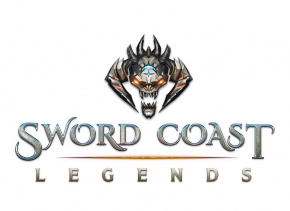




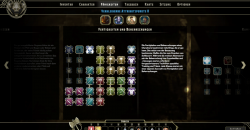
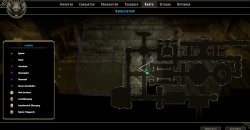
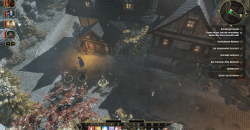
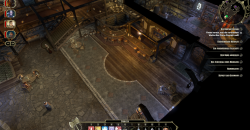
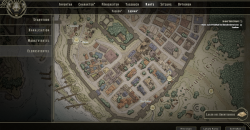
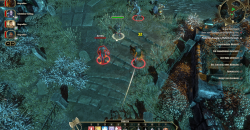
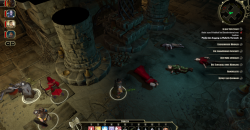
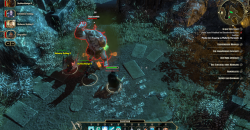
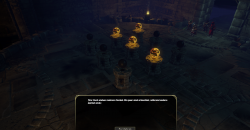
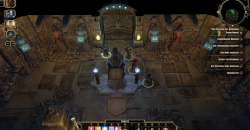
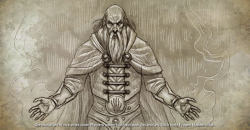
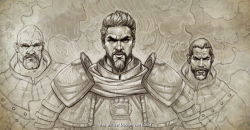
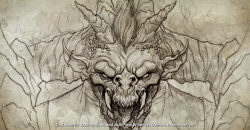
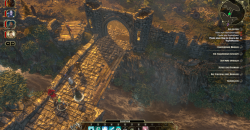

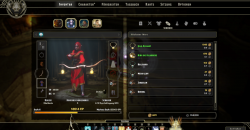

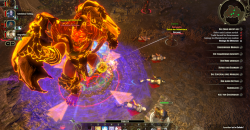
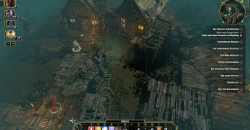
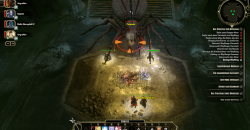

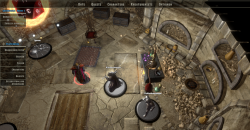

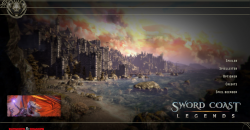

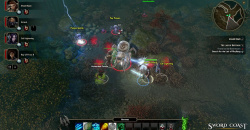
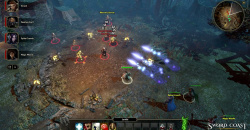
Envíame una clave por favor >.<
wtf fake if its not fake then how to get this game
Send me a key please
send a key to
Задолбали, попрошайки одни.
dobra hra
плз дать мне этот код игры
Please send me a key to
OMG please send a key to !!
Grew up owning baldur's gate 1 & 2.
I would absolutely LOVE this game!
Please send a key to Thanks!
please send key to
plz give me this game code